LSD is a viral disease in domestic cattle, water buffaloes, and certain wild ruminants. The incubation period of LSD is 28 days. It heavily impacts animal health and welfare and can lead to severe economic losses in affected farms. This disease is closely related to Goat and Sheep pox. And can not be differentiated from routine serology testing. LSD has recently spread to and within Asia, posing a threat to India.

It is caused by parapoxvirus, which is highly contagious. It is transmitted through direct contact with infected animals or contaminated objects, such as shears or needles. The development of hard, raised lesions or bumps on the skin and mucous membranes of the animal characterizes the disease. These lesions may be accompanied by fever, loss of appetite, and weight loss. The disease can lead to death in severe cases, especially in young animals.
Lumpy skin disease is primarily spread through direct contact with infected animals or through the bites of insects that have fed on infected animals. However, the disease can also be transmitted through contaminated feed, water, and equipment. This article discusses and acts as a guide to knowing complete information about the origins, history, symptoms, and treatment of lumpy skin disease.
Lumpy skin disease in cattle
What is lumpy skin disease
Lumpy skin disease (LSD) is a viral infection caused by the lumpy skin disease virus (LSDV), a member of the Poxviridae family’s Capripoxvirus genus. Arthropod vectors spread the disease, which has a high morbidity but a low mortality rate. LSD was recently reported for the first time in India, with a 7.1% morbidity rate in cattle.
History of lumpy disease
According to the Food and Agriculture Organization, the mortality rate is less than 10%. However, lumpy skin disease became an epidemic in Zambia in 1929. It was initially thought to result from poisoning or hypersensitivity to insect bites. Later on, it spreads to other African countries. South Africa suffered greatly at the end of World War II. During that time, LSD affected nearly 8 million cattle, causing significant economic and agricultural losses.
In case you missed it: Top and Highest Milk Producing Cattle/Cow Breeds in India: Best Guide for Beginners
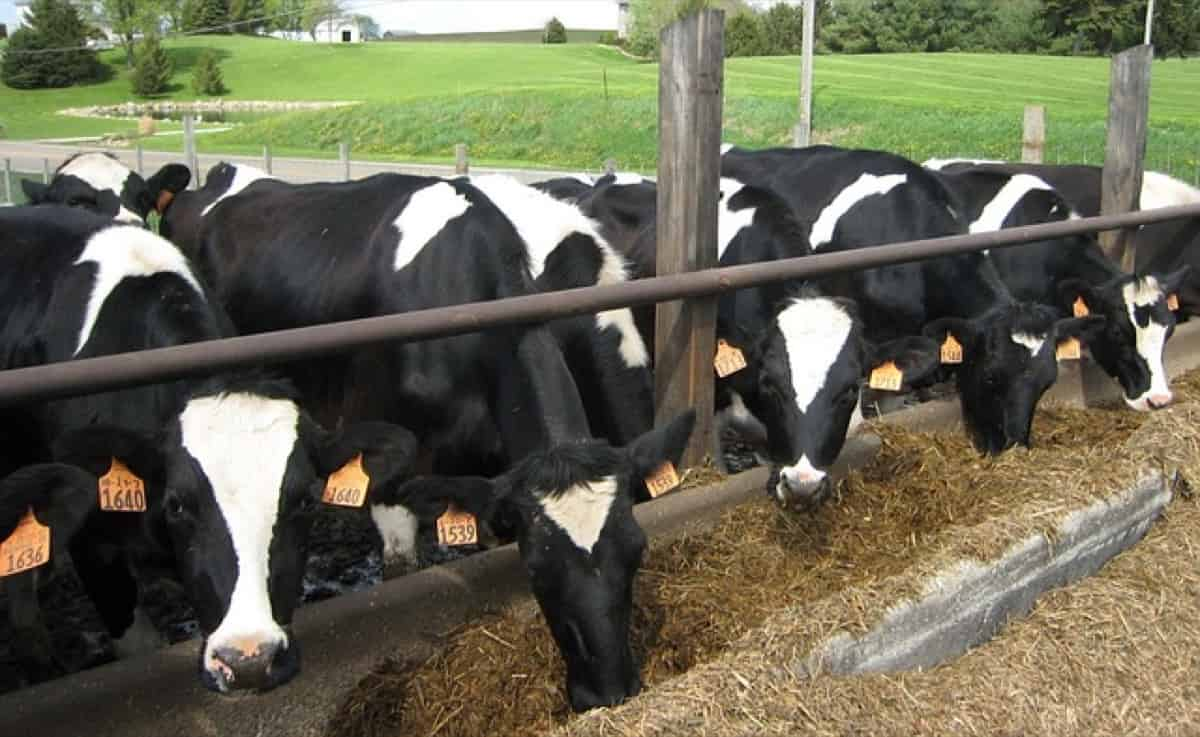
LSD is now being seen in some parts of Europe and Asia, causing massive losses in livestock farming. Because of the virus’s favorable climatic conditions, this disease spreads rapidly after 2012. Cattle lumpy skin disease was first observed in India in 2019, and by 2020, it had spread rapidly in Nepal and South Asia.
Morbidity / mortality of lumpy skin disease
Morbidity is the rate at which disease strikes a group of individuals over a given time period. It is generally 3% to 85% in Lumpy Skin Disease. Mortality: mortality serves as the foundation for calculating and estimating mortality rates. Mortality is the possibility and susceptibility to death. Thus, the mortality or death rate is the measurement of the number of deaths that occur in a specific population per unit of time, scaled to the size of that population. 1% to 2% usually -20% to 85% in some cases
Lumpy skin disease outbreak in india current scenario
India’s 2022 lumpy skin disease outbreak killed over 97,000 cattle in three months, from July to September. Beginning with outbreaks in Gujarat in July and in Rajasthan, cattle in 15 states across India were affected in three months. In September, over 65% of the 18,50,000 cases were from Rajasthan.
Rajasthan has reported over 50,000 deaths. According to data available, nearly 57,000 cattle have died across the country, and the outbreak has affected approximately 15.21 lakh cattle. In addition, seven states have reported cases of lumpy skin disease, including Gujarat, Rajasthan, Punjab, Uttar Pradesh, Haryana, and Delhi, and Spreading to other states.
- Date range: July-October 2022
- Location: India, 15 states 251 districts
- Deaths: 97,000+ cattle
- Affected Cattle: 20,00,000 cattle
- Cattle vaccinated Cattle: 1.66 crore
- Cattle population in India: 192.5 million (2019)
In case you missed it: Top Cattle Feed Manufacturers in India: Companies List
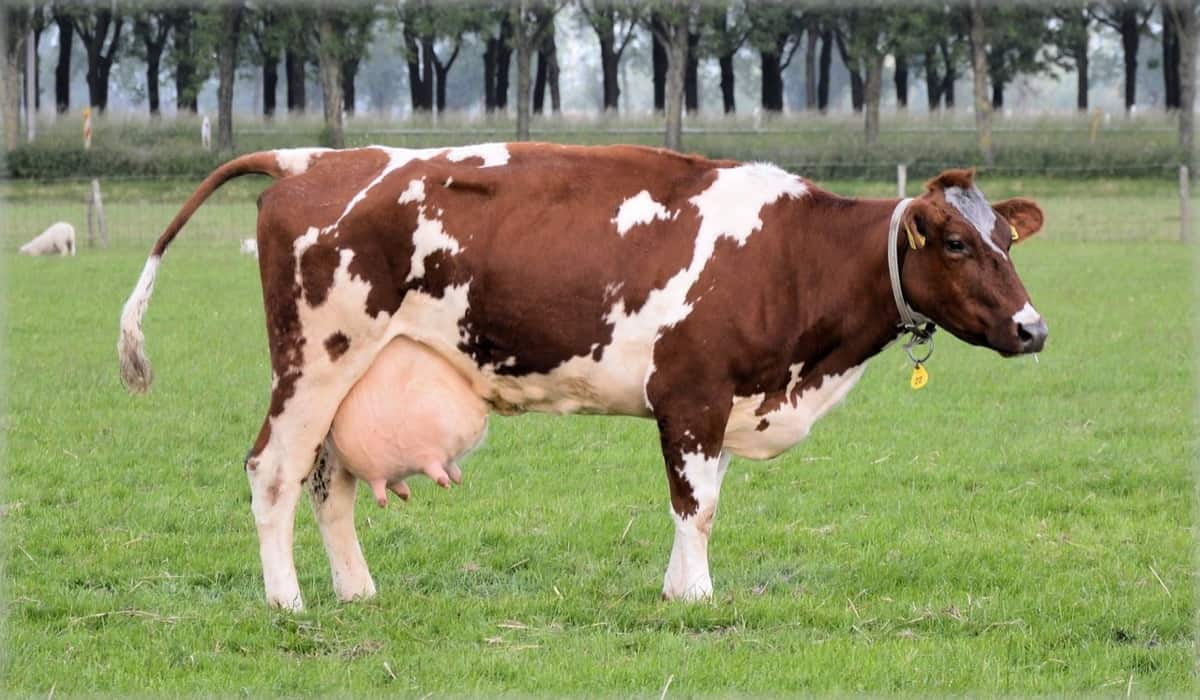
Cause of lumpy skin disease
Lumpy skin disease is a viral disease caused by a virus called ‘capripox,’ which only affects cattle and buffalo and is transmitted by blood-sucking insects such as certain species of flies, mosquitoes, or ticks. Suppose the animals have never been exposed to the virus. In that case, the disease causes fever and skin nodules, and in the worst-case scenario, death.
Transmission of lumpy skin disease
Lumpy skin disease is primarily transmitted between animals by biting insects (vectors) such as mosquitoes and biting flies. The virus is transmitted mechanically by insect vectors (mosquitoes, flies, ticks, etc.) or contaminated needles. Some of these could be carried by the wind or within vehicles from an infected area.
The specific vectors will vary between countries and have received little attention. Once established in a new area, the spread is most likely to occur during periods when flies are a nuisance, such as the summer and autumn months when conditions are moist and warm. Contaminated feed, water, and equipment can also spread the disease. Humans are not infected with the virus.
Common symptoms of lumpy skin disease
It is characterized by fever, fluid excretion from the eyes and nose, saliva dribbling from the mouth, and body blisters. In addition, the animal stops eating and has difficulty chewing or eating, resulting in decreased milk production. The clinical manifestations of the disease are generally fever, anorexia, and characteristic nodules on the skin mucous membrane of the mouth, nostrils, udder, genitals, rectum, decrease in milk production, abortion, infertility, and sometimes death.
In some cases, infected animals may also develop eye infections, abscesses, and mastitis. The symptoms of lumpy skin disease may appear within 7-14 days after infection, and the disease can severely impact the health and productivity of affected animals. Therefore, seek veterinary care as soon as possible if you suspect your animal may be infected with lumpy skin disease.
Diagnosis of lumpy skin disease
LSDV incubation lasts one week or seven days. Cattle show no symptoms during this time. LSD has the potential to reduce our livestock production significantly. It is sometimes fatal in cattle. So, to combat LSD, we must first understand its symptoms. The following are some of the symptoms of cattle exhibit: –
- The first symptom is Pyrexia (Fever), with temperatures reaching 41°C. Within 15 days, numerous cutaneous lesions appear on the skin, particularly on the Head, Neck, Udder, Limbs, and Genital area.
- These are raised nodules with a diameter of (0.5-5)cm.
- These nodules begin necrotizing, causing minor wounds on the skin that can last for months if proper care and treatment are not provided.
- In severe cases, these nodules can be found in the gastrointestinal tract, the trachea, and the lungs.
- Nasal discharge and watery eyes follow these nodules.
- Milk production gradually decreases, followed by body weight loss.
- Cattle are unable to walk due to leg damage and swelling.
- Pregnant cattle are at risk of abortion.
- In severe cases, secondary bacterial infection occurs, making animal recovery difficult.
In case you missed it: Dairy Disease Symptoms and Treatment for Cows, Cattle, Goats, and Sheep
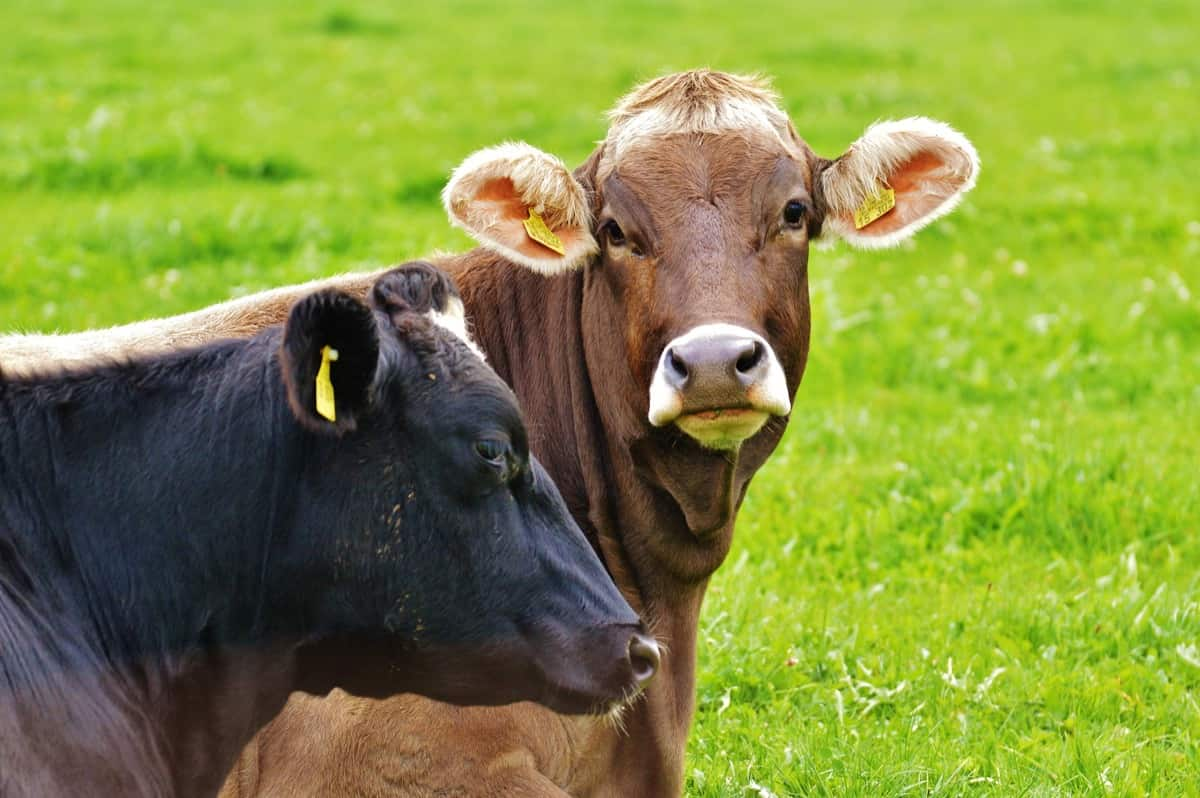
Treatment and risks of lumpy skin disease
There is no complete treatment for lumpy skin disease. The risk of infection among cattle and buffaloes is high because infected vectors cannot be stopped from spreading the infection. Once an infection has spread to a specific area, the risk of infection spreading increases, furthermore, due to a lack of vaccination, the risk of infection is high.
Impact of lumpy skin disease
The direct economic loss includes the value of the dead cattle and associated losses such as decreased milk production, including yield reduction in infected cattle. Movement restrictions exacerbate the indirect losses. Gujarat reported a drop in milk collection of approximately 100,000 liters per day in specific locations in August 2022. In August 2022, milk collection in Rajasthan fell by more than 20%; by September, the collection had dropped by 500,000-600,000 liters per day. In some areas of Rajasthan, the collection has reached zero.
Economic impact of lumpy skin disease
- Severe emaciation
- Lowered milk production
- Abortion
- Secondary mastitis
- Loss of fertility
- Extensive damage to hides
- Loss of draft from lameness
Prevention from lumpy skin disease in cattle
Vaccinations
- Lumpy skin disease vaccine: This vaccine is made from inactivated virus particles and is injected into the animal’s muscle. It is generally administered in two doses, with a booster given every six to twelve months to maintain immunity.
- Neethling vaccine: This vaccine is made from a live, attenuated virus and is given orally to the animal. It is generally administered in two doses, with a booster given every six to twelve months to maintain immunity.
It is essential to follow the recommended vaccination schedule and to use good biosecurity practices to prevent the spread of lumpy skin disease.
Quarantine
Quarantine is a measure taken to prevent the spread of a disease, such as lumpy skin disease, in cattle. It involves separating affected animals from healthy ones, and taking steps to prevent any contact between the two groups. This may involve placing the affected animals in a separate area or moving them to a different location.
During quarantine, the affected animals should be monitored closely for any signs of improvement or worsening of the disease. They should also be given appropriate treatment and care to help them recover. In addition, to prevent the spread of lumpy skin disease, it is essential to practice good hygiene and biosecurity measures. This includes regularly cleaning and disinfecting equipment and facilities, and avoiding contact with other animals or people who may have been in contact with infected animals.
In case you missed it: Cattle Fattening Methods, Techniques, and Tips
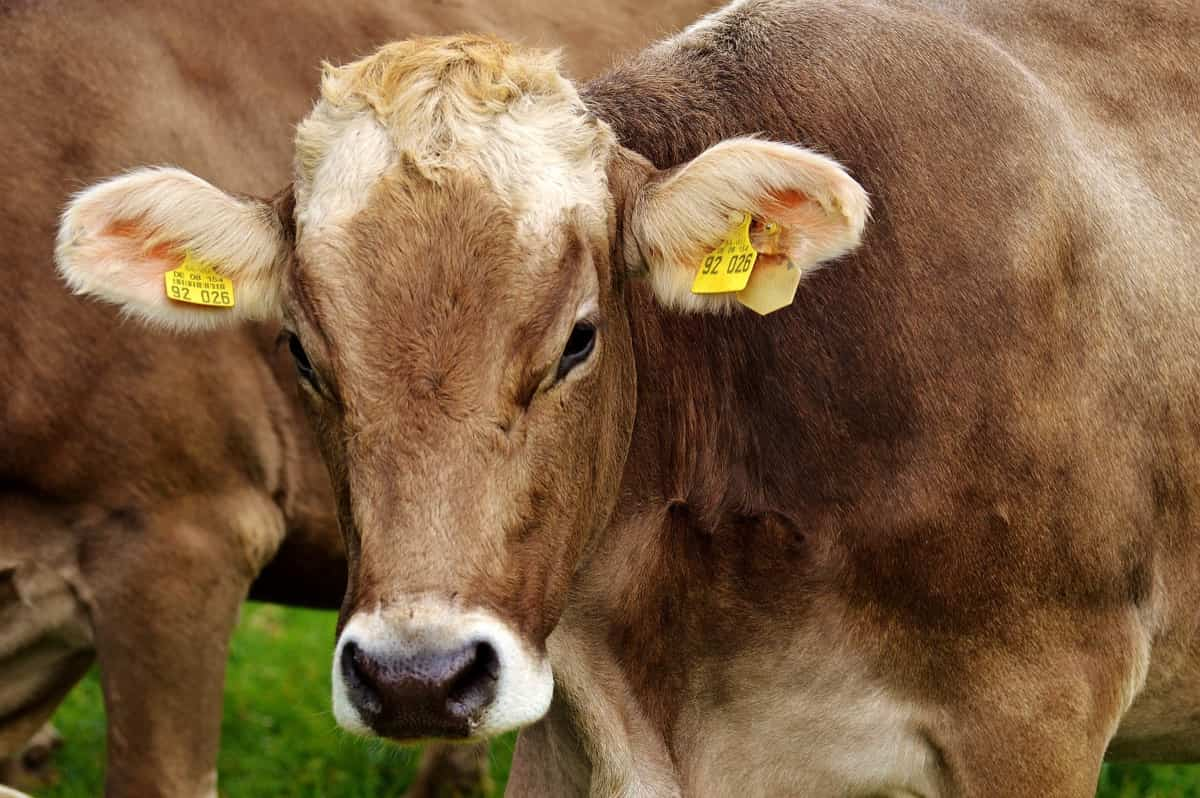
In addition, it is essential to implement strict movement controls to prevent the spread of the disease. This may involve requiring a quarantine period for animals being moved from infected areas, or requiring that they be tested for the disease before they are allowed to move.
Other management approaches
- The most effective method is to prohibit the importation of animals from infected countries. Imported animals should be kept in quarantine and thoroughly tested.
- Insecticides should be used to control vector insects, such as mosquitoes, effectively.
- There should be adequate drainage, and urine channels should be constructed.
- Cattle sheds should be cleaned regularly, and the shed should be kept dry.
Treatment of lumpy skin disease
India’s Livestock Health and Disease Control Programme cover vaccination against these diseases. However, no specific antiviral medications are available to treat lumpy skin disease. Therefore, the only available treatment is supportive care for cattle.
- It can include using wound care sprays to treat skin lesions and antibiotics to prevent secondary skin infections and pneumonia.
- Anti-inflammatory pain relievers can be used to keep affected animals’ appetites going.
- Lumpy Skin Disease does not have a specific treatment. However, infected animals are given various antibiotics and supportive therapy.
- The infected animal should be separated from the rest of the herd.
- To treat skin wounds various skin care medications can be used. Potash water can be used to clean the animals.
- Medications should be administered via vaccines to treat fever and pain in cattle.
- To prevent allergies, antihistamine medication should be administered via vaccination.
- Medications that boost cattle immunity should be administered.
- Proper and clean feeds should be provided regularly.
- Secondary bacterial infection must be avoided.
Note: Please keep in mind that all of these treatment methods should only be used with the approval of a veterinarian.
Care for lumpy skin diseases affected cattle
Lumpy skin disease (LSD) is a viral disease that affects cattle and is caused by a virus belonging to the genus Capripoxvirus. It is characterized by the formation of skin nodules or “lumps” on the animal’s head, neck, and body. The disease is highly contagious and can spread rapidly through a herd of cattle, resulting in significant economic losses for farmers. Therefore, treatment of LSD in cattle typically involves the use of antiviral drugs and supportive care to alleviate the symptoms of the disease.
In severe cases, animals may need to be euthanized to prevent the spread of the disease and minimize suffering. Prevention of LSD is the most effective way to manage the disease. This can be achieved through vaccination and good biosecurity practices, such as isolating infected animals and thoroughly disinfecting equipment and facilities. Farmers need to work closely with their veterinarians to develop a plan for preventing and managing LSD on their farms.
Status of medication for lumpy skin disease
Since 2019, Indian laboratories have been conducting research on a domestic vaccine. Lumpi-ProVacInd was established in August 2022. The vaccine is not approved for emergency use. The goat pox vaccine is effective and is now being used. Telangana Veterinary Biological Research Institute. Indian Immunologicals and Hester Biosciences make the goat pox vaccine. India is also capable of producing a sheeppox vaccine. Testing has been increased for more vaccination and Tracings.
In case you missed it: How to Start Dairy Farming From Scratch: A Complete Guide for Beginners
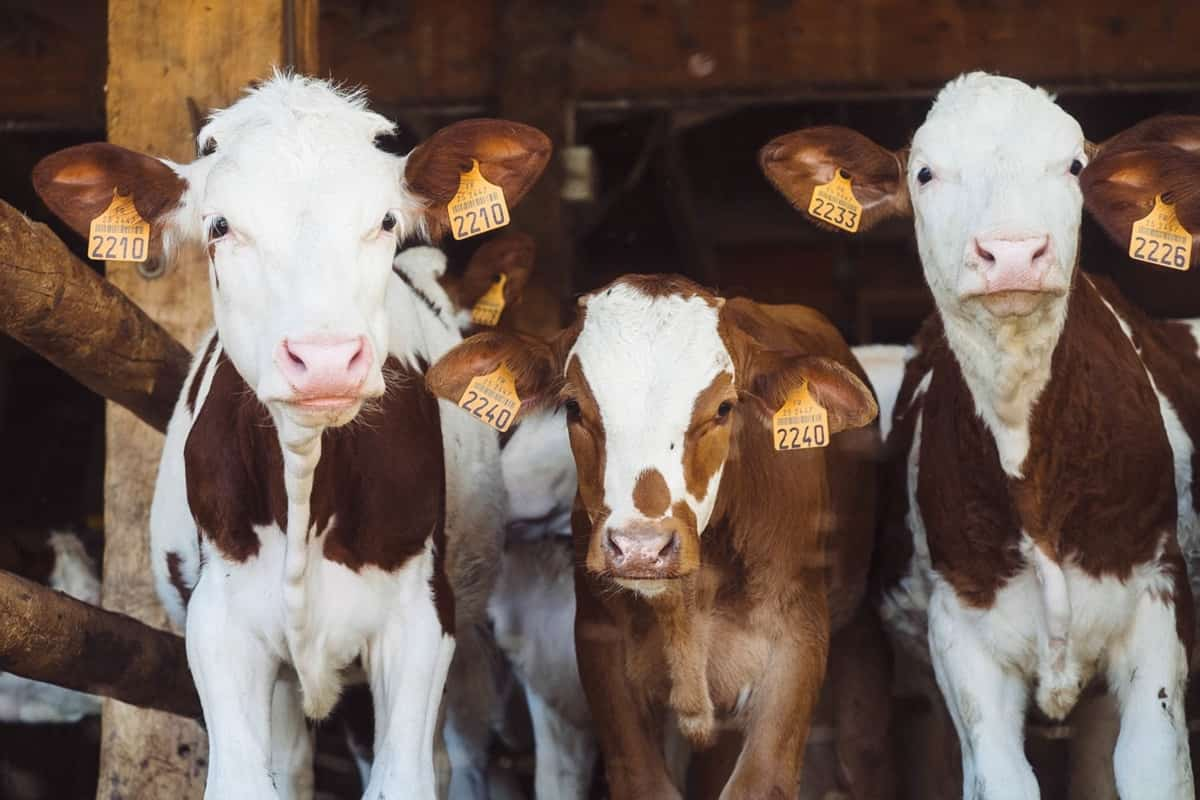
Vaccination for lumpy skin disease
Union Minister of Agricultural and farmers welfare, Narendra Singh Tomar, launched an indigenous vaccine called Lumpi-ProVac in August. The National Equine Research Center (Hisar, Haryana) and the Indian Veterinary Research Institute collaborated to develop this vaccine (Izzatnagar, Bareilly).
According to Mr. Amit Kumar, an IVRI scientist, the goat pox vaccine can protect against lumpy skin disease. The goat pox vaccine was administered for two years in some Indian states. As a result, the infection has subsided and has not recurred this year. However, the current supply of goat pox vaccine is insufficient to meet the growing demand. Indian Immunologicals Ltd manufactures goat pox vaccine.
Do Lumpy Skin disease spread to human beings
It is good to know that the disease cannot be transmitted between humans or from infected animals to humans. Furthermore, reports indicate that the disease does not affect animal products so that you can consume dairy products without concern.
- How to Build a Low-budget Goat Shed: Cheap Ideas and Tips
- Goat Farming Training Programs in India: A Beginner’s Guide
- Types of Pesticides Used in Agriculture: A Beginner’s Guide
- Economical Aquaculture: A Guide to Low-Budget Fish Farming
- 15 Common Planting Errors That Can Doom Your Fruit Trees
- How to Make Houseplants Bushy: Effective Tips and Ideas
- Innovative Strategies for Boosting Coconut Pollination and Yield
- Pollination Strategies for Maximum Pumpkin Yield
- The Complete Guide to Chicken Fattening: Strategies for Maximum Growth
- Natural Solutions for Tulip Problems: 100% Effective Remedies for Leaf and Bulb-Related Issues
- Revolutionizing Citrus Preservation: Towards a Healthier, Greener Future
- Natural Solutions for Peony Leaf and Flower Problems: 100% Effective Remedies
- Maximizing Profits with Avocado Contract Farming in India: A Comprehensive Guide
- Natural Solutions for Hydrangea Problems: 100% Effective Remedies for Leaf and Flowers
- The Ultimate Guide to Choosing the Perfect Foliage Friend: Bringing Life Indoors
- From Sunlight to Sustainability: 15 Ways to Use Solar Technology in Agriculture
- The Ultimate Guide to Dong Tao Chicken: Exploring from History to Raising
- The Eco-Friendly Makeover: How to Convert Your Unused Swimming Pool into a Fish Pond
- Mastering the Art of Delaware Chicken Farming: Essentials for Healthy Backyard Flocks
- 20 Best Homemade Fertilizers for Money Plant: DIY Recipes and Application Methods
- How to Craft a Comprehensive Free-Range Chicken Farming Business Plan
- Brighten Your Flock: Raising Easter Egger Chickens for Beauty and Bounty
- How to Optimize Your Poultry Egg Farm Business Plan with These Strategies
- Subsidy for Spirulina Cultivation: How Indian Government Schemes Encouraging Spirulina Farmers
- Ultimate Guide to Raising Dominique Chickens: Breeding, Feeding, Egg-Production, and Care
- Mastering the Art of Raising Jersey Giant Chickens: Care, Feeding, and More
- Ultimate Guide to Raising Legbar Chickens: Breeding, Farming Practices, Diet, Egg-Production
- How to Raise Welsummer Chickens: A Comprehensive Guide for Beginners
- How to Protect Indoor Plants in Winter: A Comprehensive Guide
- Ultimate Guide to Grow Bag Gardening: Tips, Tricks, and Planting Ideas for Urban Gardeners
- Guide to Lotus Cultivation: How to Propagate, Plant, Grow, Care, Cost, and Profit
- Agriculture Drone Subsidy Scheme: Government Kisan Subsidy, License, and How to Apply Online
- Ultimate Guide to Raising Araucana Chickens: Breed Profile, Farming Economics, Diet, and Care
- Bringing Hydroponics to Classroom: Importance, Benefits of Learning for School Students
- Ultimate Guide to Raising Polish Chickens: Breed Profile, Farming Economics, Diet, and Care
- Ultimate Guide to Raising Australorp Chickens: Profile, Farming Economics, Egg Production, Diet, and Care